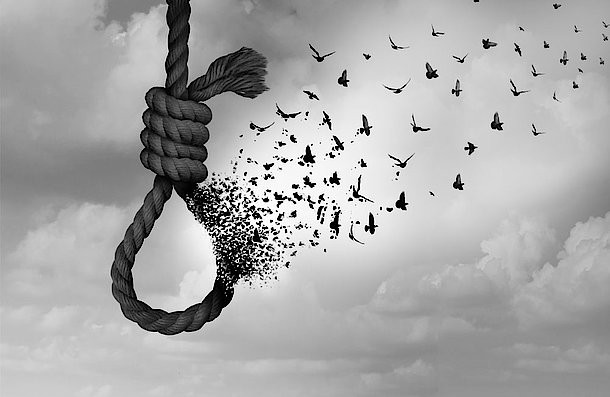
ZIMBABWE is experiencing high depression and suicide rates among adults compared to other African countries the World Health Organisation (WHO) has revealed.
According to research conducted by mental health institutions, the main causes of mental health issues in Zimbabwe were socio-economic instabilities and marital problems.
WHO also said co-morbidity of people living with HIV and Aids and/or tuberculosis with mental health conditions was also common.
“Zimbabwe’s people experience higher rates of depression and suicide among older adults compared with other African countries,” the global health body said.
“Mental health awareness was ignored and only to be initiated recently. The ignorance was evidenced by the slight budget that was allocated to mental health expenditure in which most of the funds did not cater for the desired use.”
Socio-economic instability, high reliance on psychiatric hospitals, given lack of mental health services at primary healthcare levels, have made Zimbabwe susceptible to mental health challenges, WHO said.
“The Mental Health Act has not been updated since 1999 and does not reflect Zimbabwe’s ratification of the Convention on the Rights of Persons with Disabilities (2006). Lack of funding for medication, human resources and mental health promotion is also another cause,” WHO said.
It said 0,42% of the total healthcare budget was allocated to mental health expenditure, but most of the funds were used to maintain the country’s two psychiatric hospitals.
- WHO flags spike in Zim depression, suicide cases
Keep Reading
“Aside from these facilities, only two other hospitals in Zimbabwe have in-patient psychiatric units and there are only seven mental health facilities nationally. There are estimated to be no more than 18 psychiatrists, 13 psychologists and 13 clinical social workers in Zimbabwe to support a population of 15 million people. Most mental health services are supported by Zimbabwe’s 917 psychiatric nurses,” WHO said.
The organisation also noted that suicide cases surged over the past two years with higher percentages recorded in men than women.
Meanwhile, a research conducted by Macrotrends, an international statistics research platform revealed that Zimbabwe’s suicide-led deaths are quite high.
“Suicide mortality rate is the number of suicide deaths in a year per 100 000 population. Zimbabwe suicide rate for 2019 was 14,10, a 0,71% increase from 2018.
“Zimbabwe suicide rate for 2018 was 14,00, a 6,67% decline from 2017. Zimbabwe suicide rate for 2017 was 15,00, a 10,71% decline from 2016. Zimbabwe suicide rate for 2016 was 16,80, a 6,67% decline from 2015,” Macrotrends said.
In response to the increase in mental health issues, the Allied Health Practitioners Council of Zimbabwe introduced a mental health “first aider” three-day study course which seeks to mitigate or eliminate mental health-led deaths.










